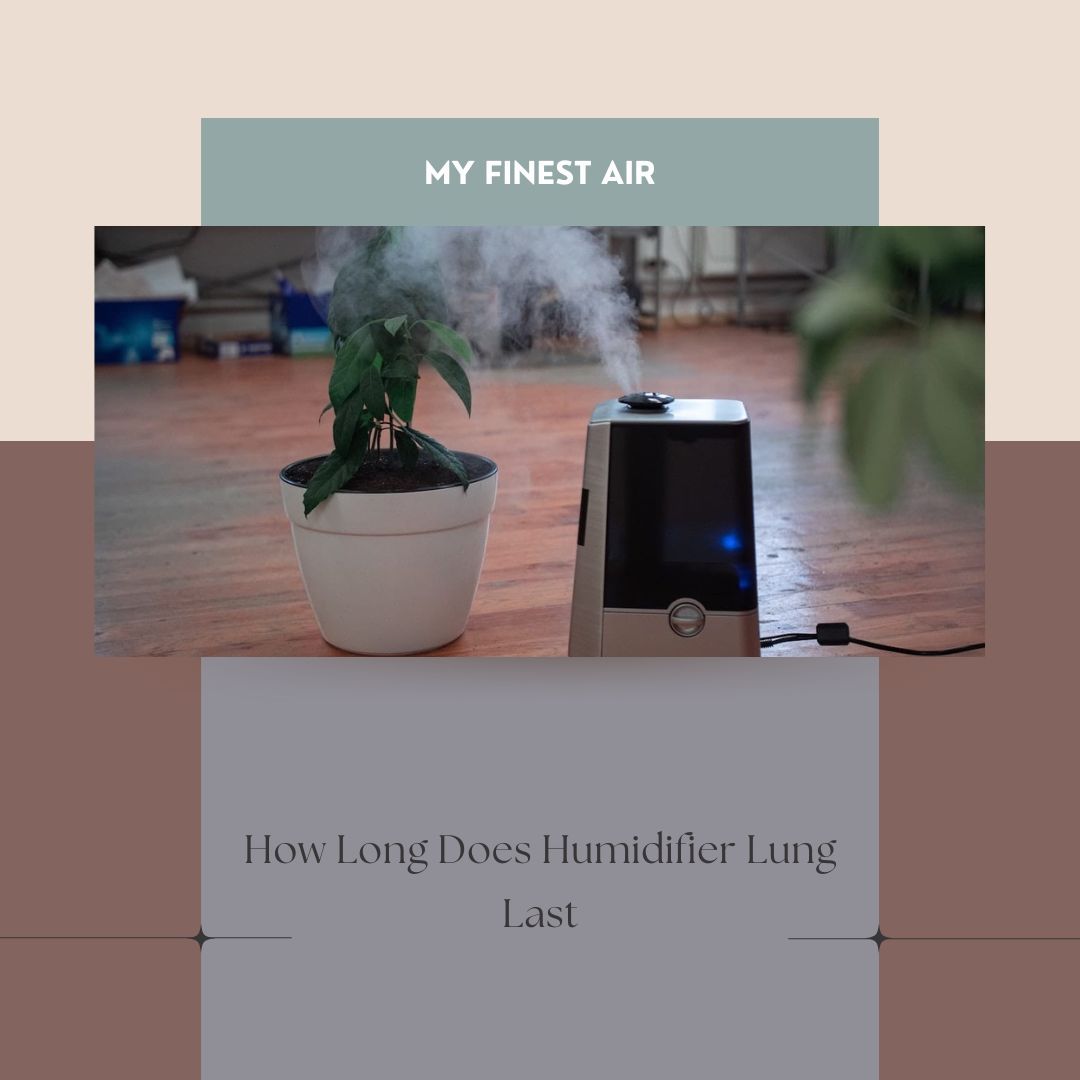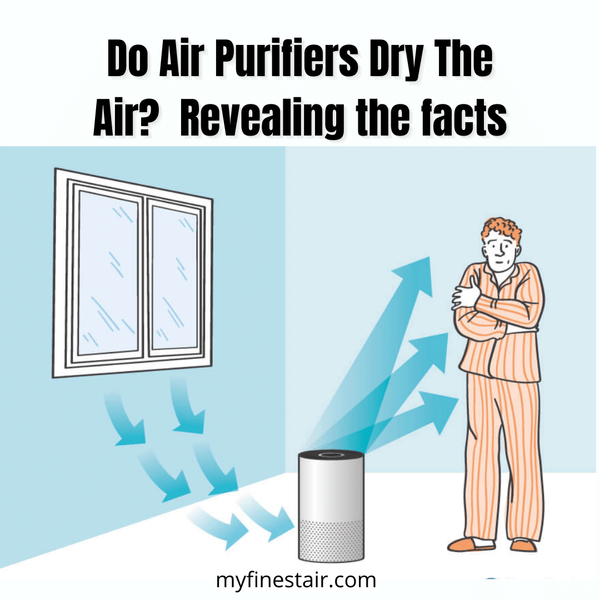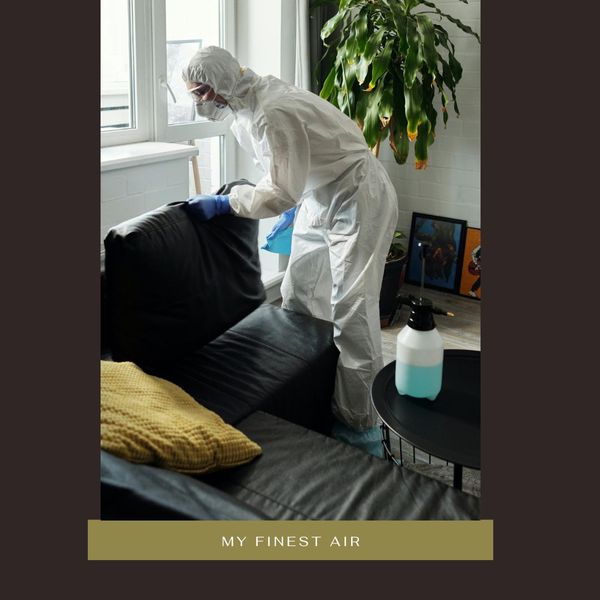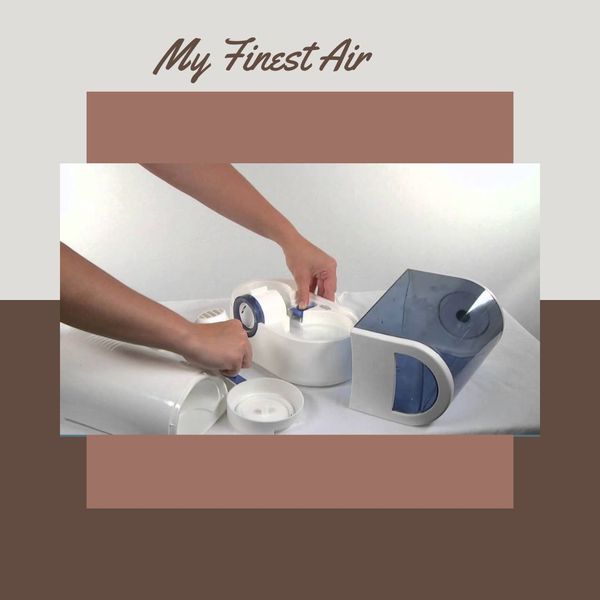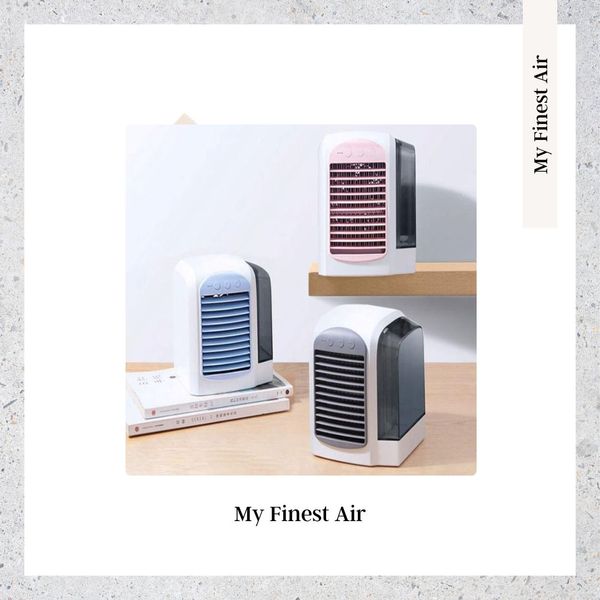But there are not only perks of using humidifiers as sometimes dirty humidifiers can pose several health problems. According to collected samples, an uncleaned humidifier is the breeding ground for 87% of bacteria and 75% of mold.
What Causes Humidifier Lung?
The major reason for humidifier lungs is thermophilic actinomycetes first found in furnace humidifiers. Later, many cases of humidifier lung came across among people using cold humidifiers.
It is difficult to diagnose this condition by simple radiological or clinical testing; a special inhalation provocation test is run to confirm the presence of particles causing humidifier lung.

But how do these contaminants get into your humidifier? An improperly maintained humidifier contains piles of dirt and pathogens which can further proliferate to cause lung infections. Excessive humidity promotes mold growth which is another reason. When contaminations grow in units, they find their way to the mists and are released freely into the air to spread diseases.
Also See: Do You Need A Humidifier With An Oxygen Concentrator?
What Are The Symptoms of Humidifier Sickness?
- A poorly cleaned humidifier can cause a flu-like situation where shortened breath, sore throat, and chills are common.
- White dust released by some humidifiers can cause allergy flare-ups where the need to cut off high humidity becomes necessary.
- Colonized bacteria inside the humidifier can come out through vapors; after inhaling them, you can get a humidifier lung or fever.
- In severe circumstances, the trigger for allergies increases and leads to asthma attacks. Humidifiers are good for relieving asthma symptoms, but you should stop relying on these units when conditions get out of hand.
How Long Does The Effect of Humidifiers Last on Lungs?
So, what are the impacts of humidifiers on the lungs, and how long do they last? As long as you are away from the contaminations, the symptoms of humidifier lung will gradually decrease daily. The longer you are exposed to the disease-causing agents, the more time it will take for treatment.
Humidifiers can cause respiratory diseases that first start with mild and unnoticed symptoms. The common results of vapors inhaled from these units lead to fever, chest tightness, cough, fatigue, and chills. In severe conditions, shortness of breath, lung inflammation, and weight loss are common. If you are still searching, can a humidifier cause damage to your lungs? It is quite obvious a humidifier badly affects the entire respiratory system.
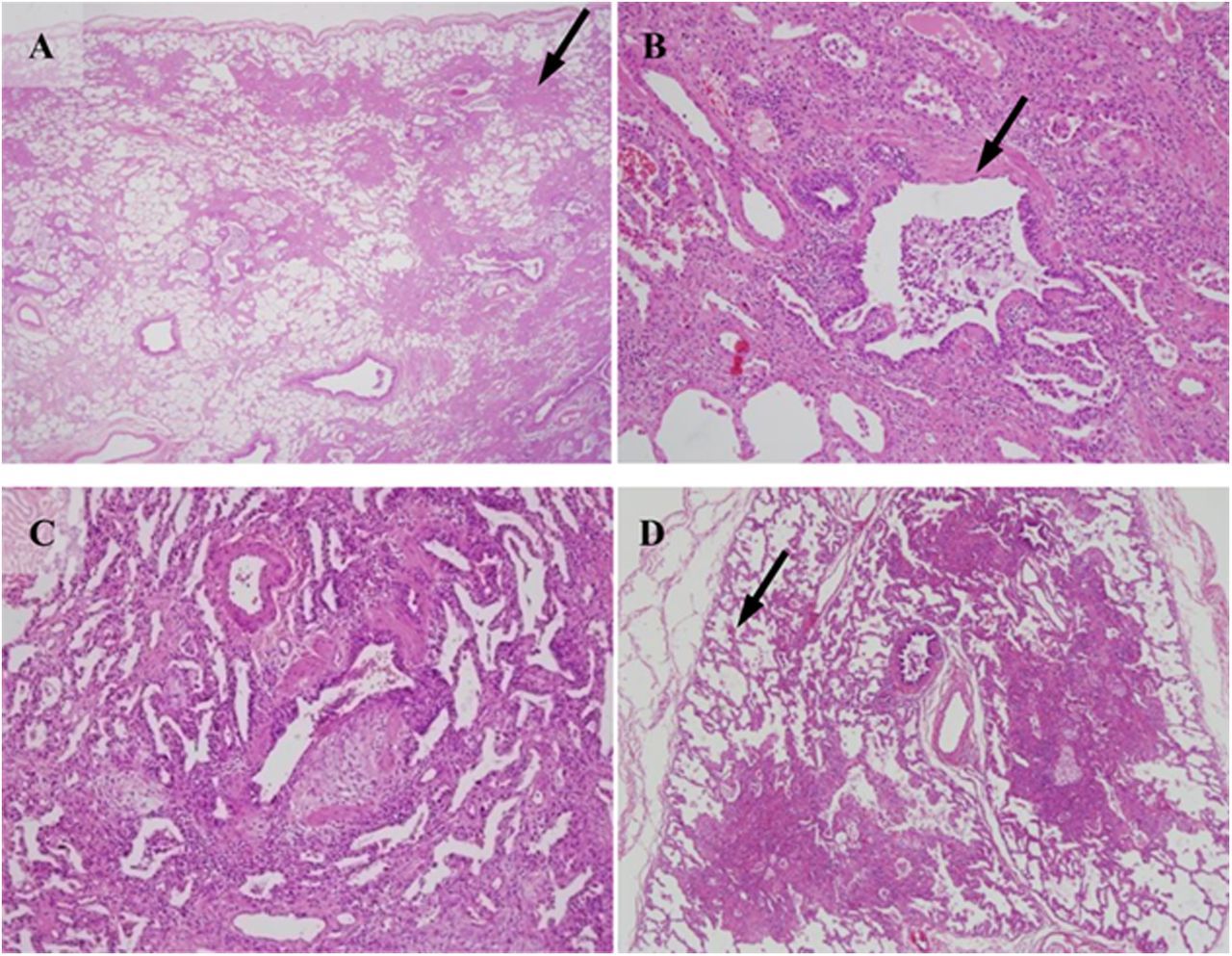
How to Clean A Humidifier Properly to Ensure Humidifier Lung Recovery?
The best way to keep yourself safe from health issues caused by humidifiers is to ensure the proper cleanliness of your unit. Here is the simple procedure to follow for effective cleaning.
Gather Supplies & Disassemble Unit
The following tools are required to start cleaning a dirty humidifier:
- White vinegar
- Water
- Gloves
- Microfiber Cloth
- Mild Solution of Bleach
Start with disassembling your unit by taking its components apart for cleaning. Pick out each part and clean it separately. If your unit has a disposable filter, replace it. Properly clean the parts to get rid of mold and other debris.
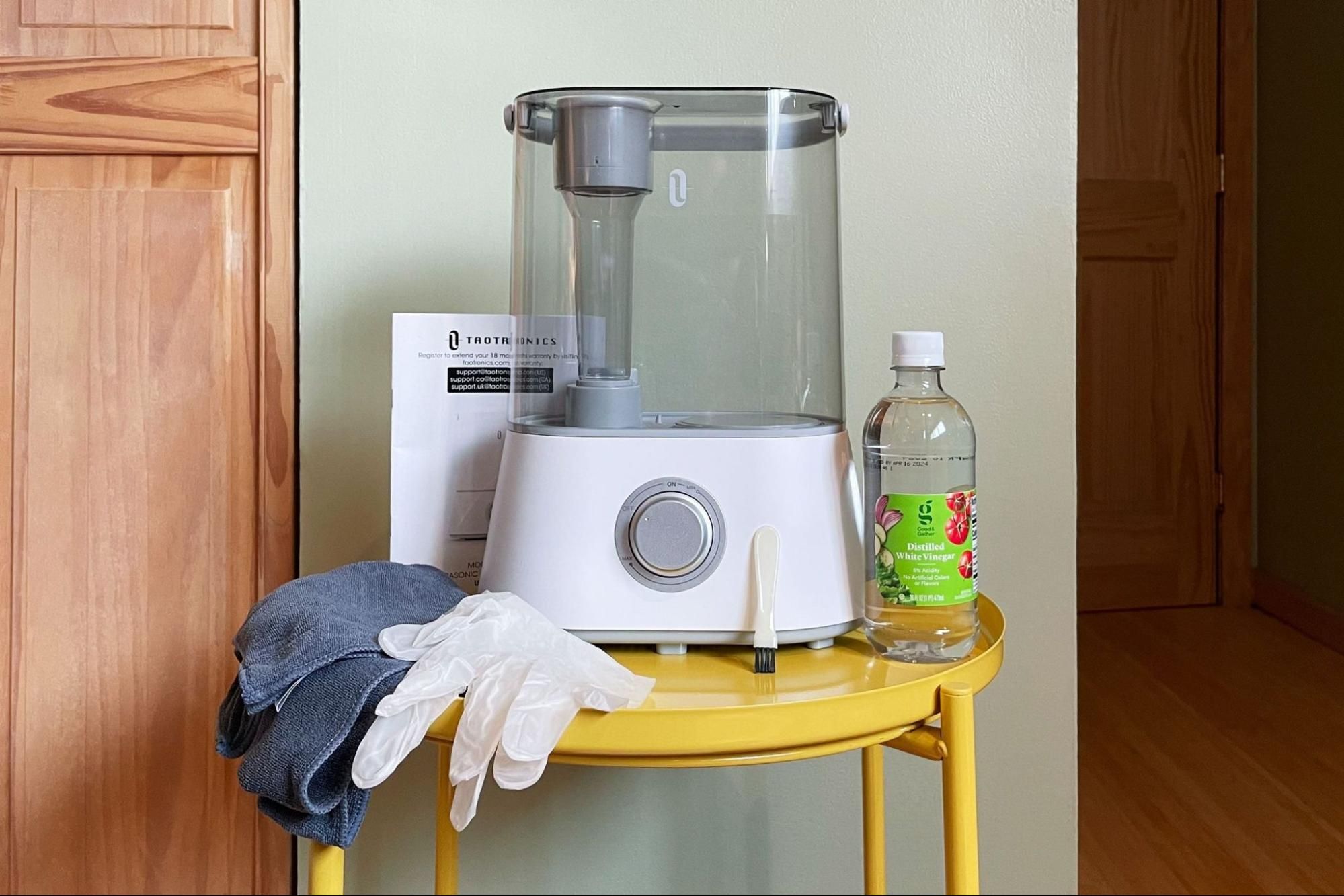
Wash It With White Vinegar
- Dip the cloth or paper towel in a vinegar solution to ensure better cleaning results, and wipe all the components.
- The dried and tough debris will remove within no time with white vinegar.
- You can also soak some of the parts of the unit.
- Take two cups of vinegar inside the humidifier, close the lid and start shaking it well to allow the solution to reach each corner.
- Wash and dry the humidifier thoroughly before using it.
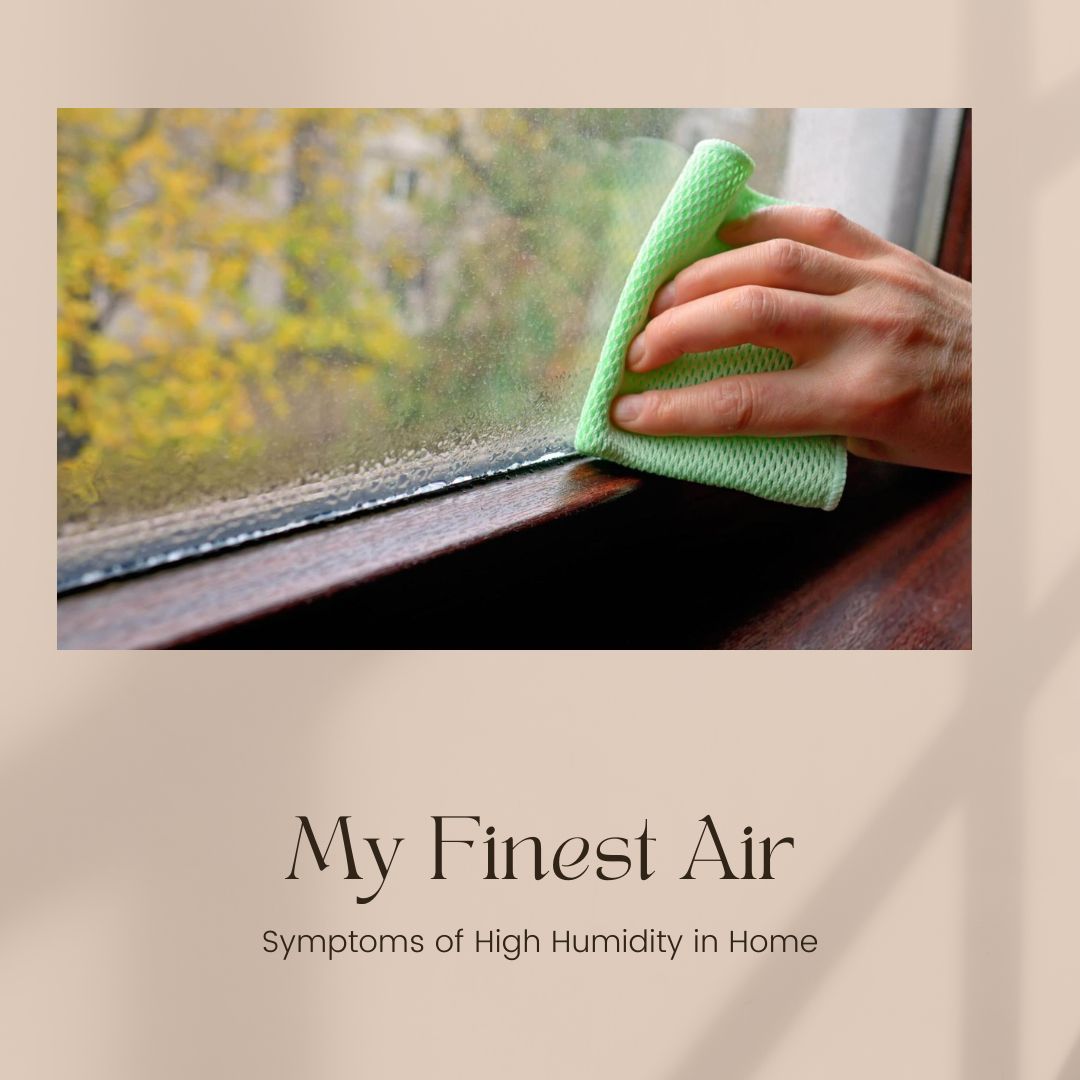
Use Bleach to Disinfect the Humidifier
- For disinfecting humidifiers, you can use bleach but only in a mild form. But make sure to rinse every single drop of vinegar to prevent its mixing with bleach.
- Take a 10% bleach solution and add 12.8 ounces inside one gallon of pure water.
- Use a cloth dipped in the solution to wipe down all parts to remove leftover contaminations.
- If there is dried debris, remove them using a toothbrush.
Note: It is good to clean a humidifier properly for health safety but avoid getting the moto wet during the process.
Rinse It Thoroughly
- Once you use the cleaning solutions, rinse the unit well to remove bleach.
- Let the humidifier air dry for some time and assemble its components again.
- Fill it with distilled water and turn it on to run the test.
See Also: Is Water Leaking From Air Conditioners Dangerous?
How Long Does Humidifier Fever Last?
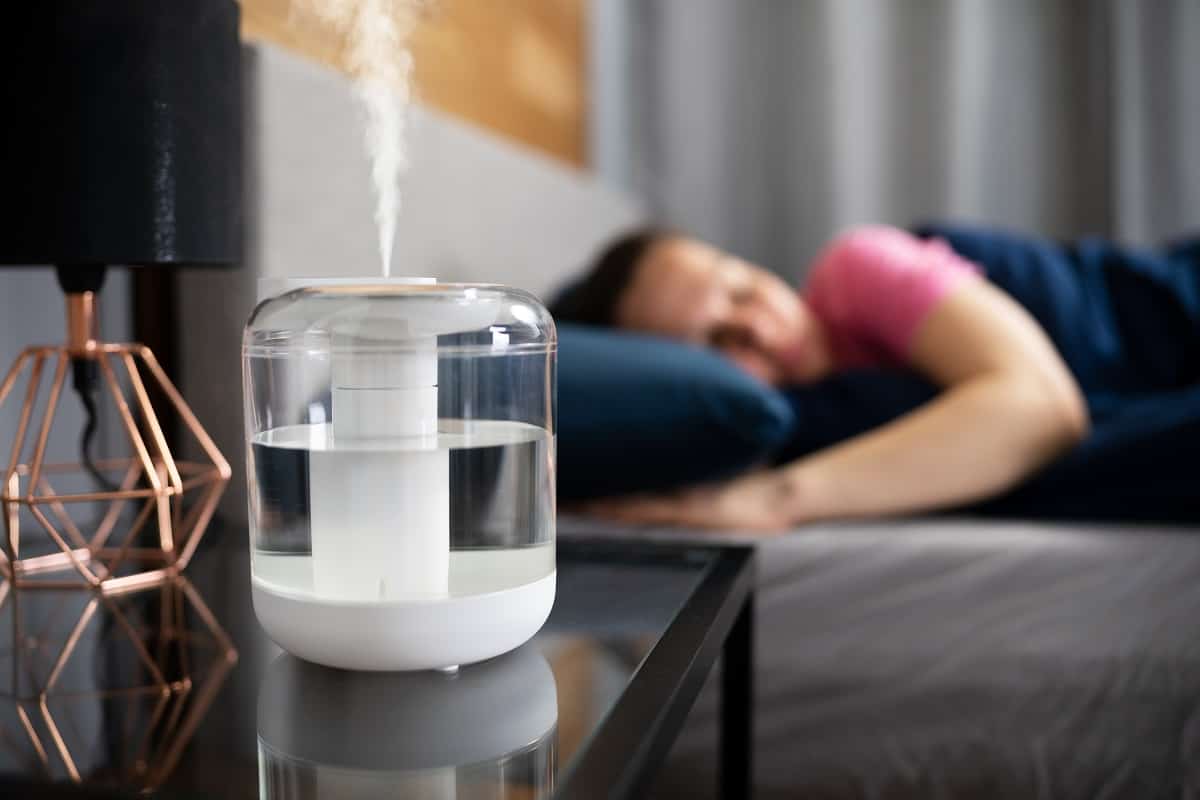
The more you are exposed to these pathogens, the longer you will need time to recover. You can mask the adverse effects by installing a dehumidifier to control high humidity, but your priority should be the clean unit.
Maintenance Tips to Prevent Humidifier Sickness
A clean environment's significance is undeniable because healthy surroundings ensure healthy living. Here are some essential tips you must follow to minimize the health risks caused by humidifiers.
- It is advised to use only demineralized or distilled water in your unit. Using water with impurities will cause mineral deposition in the humidifier to make it dirtier.
- Do not use the same water in the tank again and again. Always replace dirty water with clean water by refilling the tank.
- Ensure cleaning the humidifier with hydrogen peroxide and other recommended solutions every three days.
- Replace the old filters, and if they are dirty clean them.
Final Thoughts
Though a humidifier is supposed to keep you safe from health risks and dryness in winter by adding humidity required by your body, an uncleaned unit can make you seriously ill.
Among several infections, humidifier lung is also becoming common. How long the humidifier lung lasts depends on your device's condition. If you ensure proper maintenance, there is a lesser chance of contamination.


